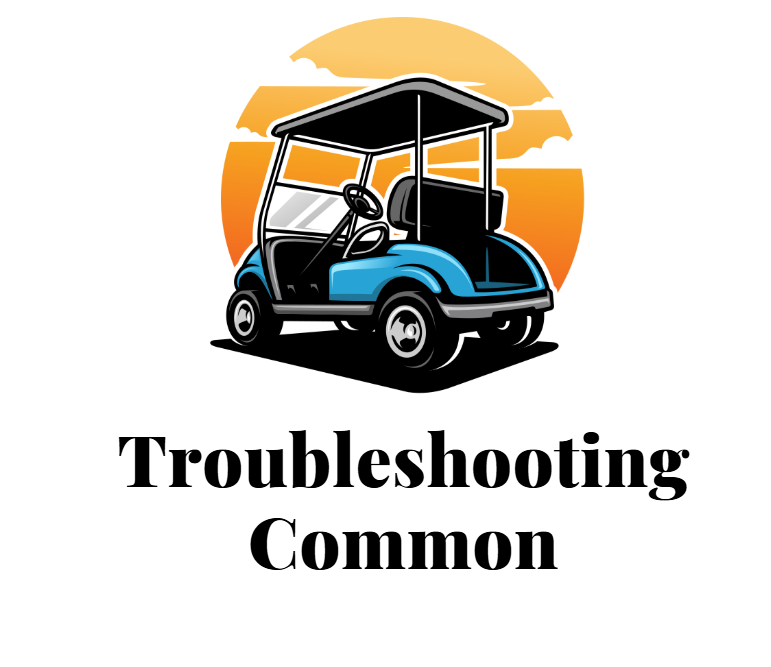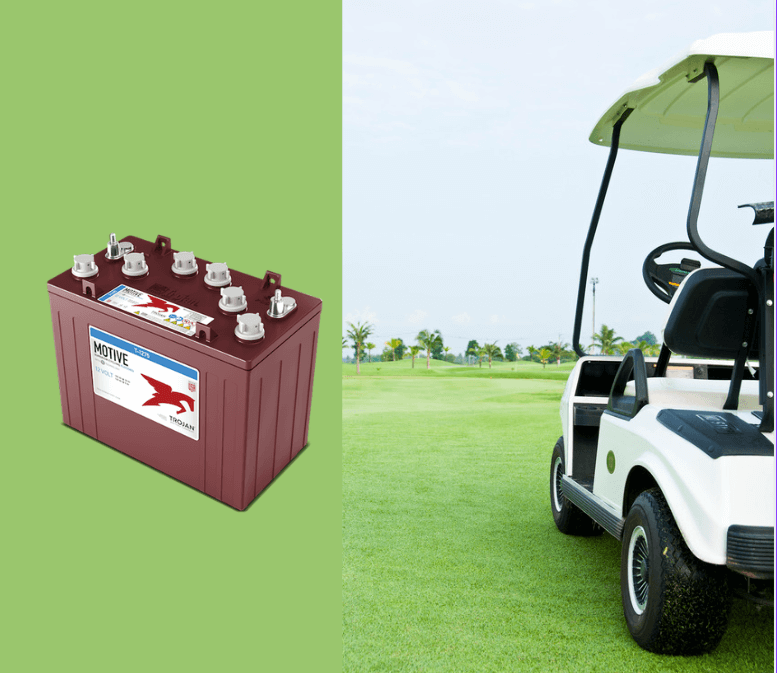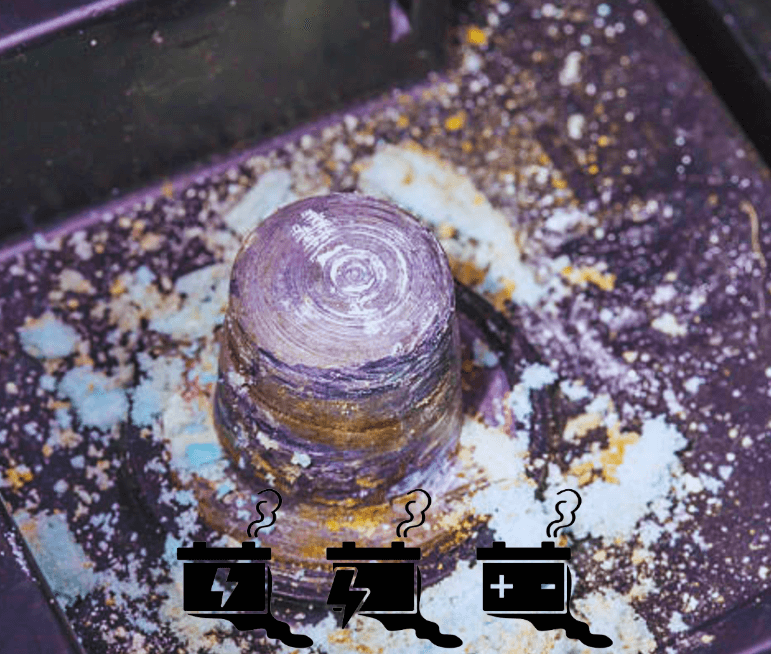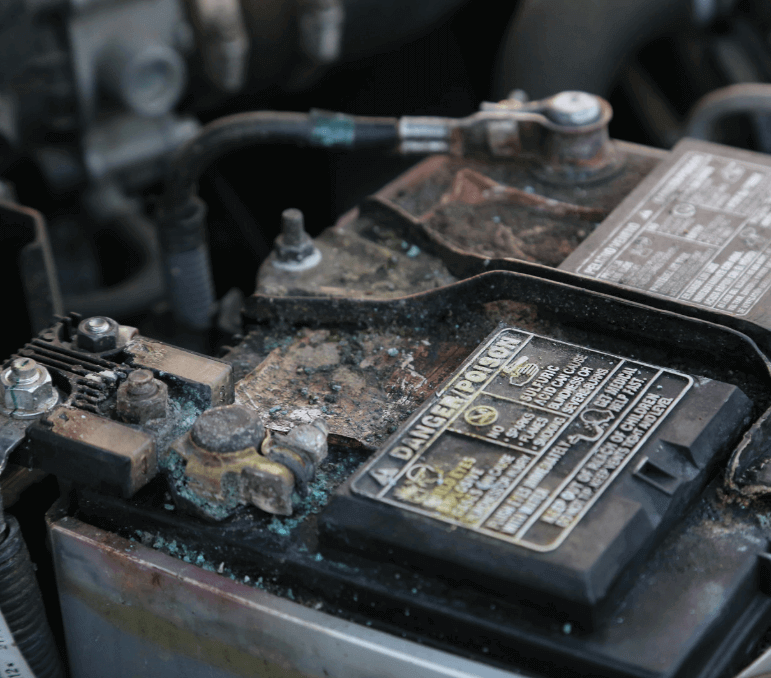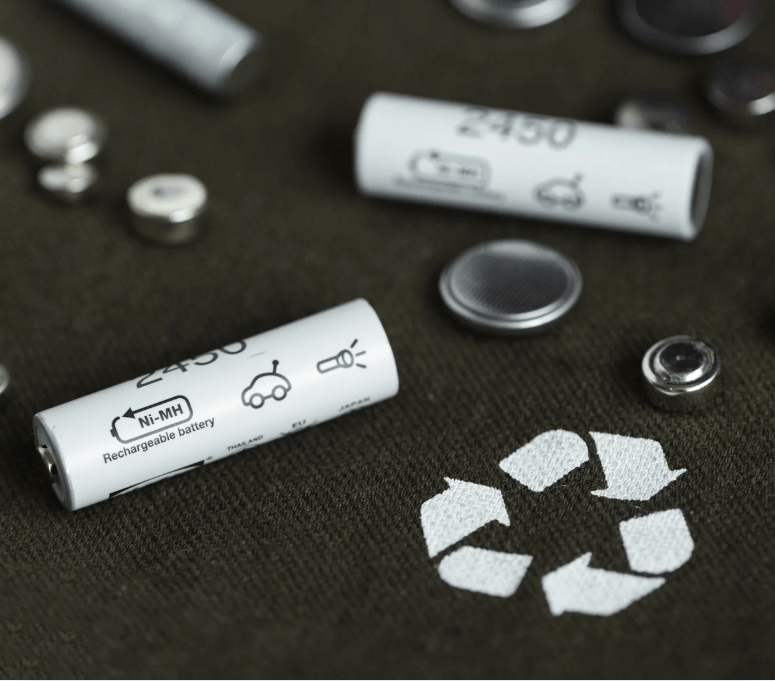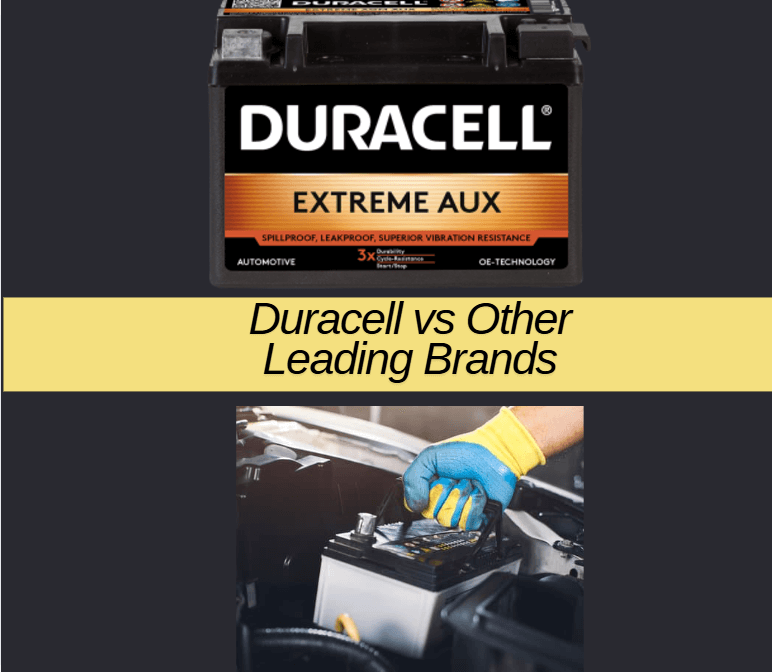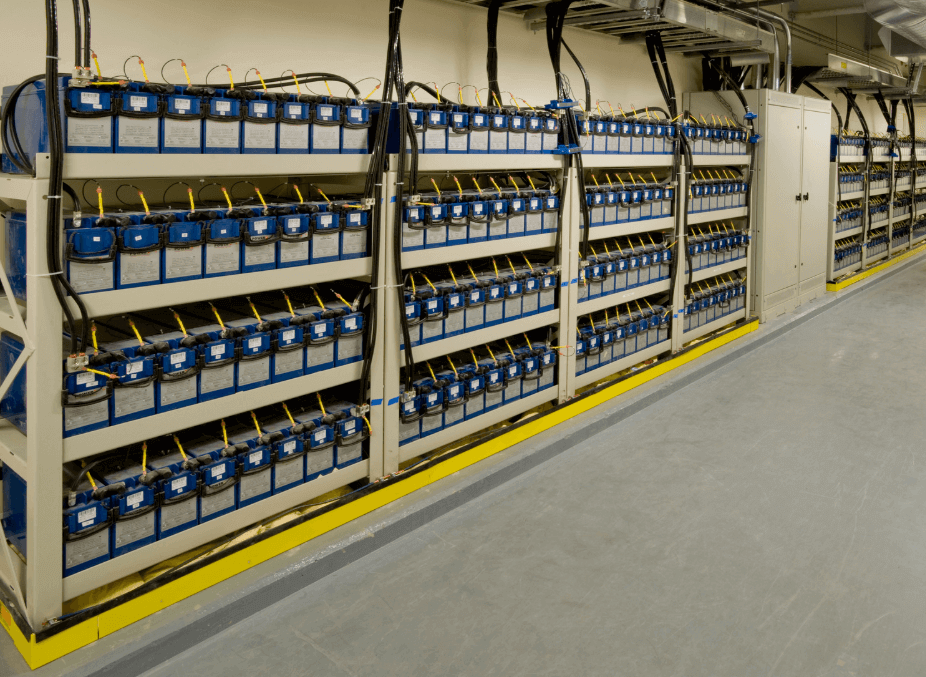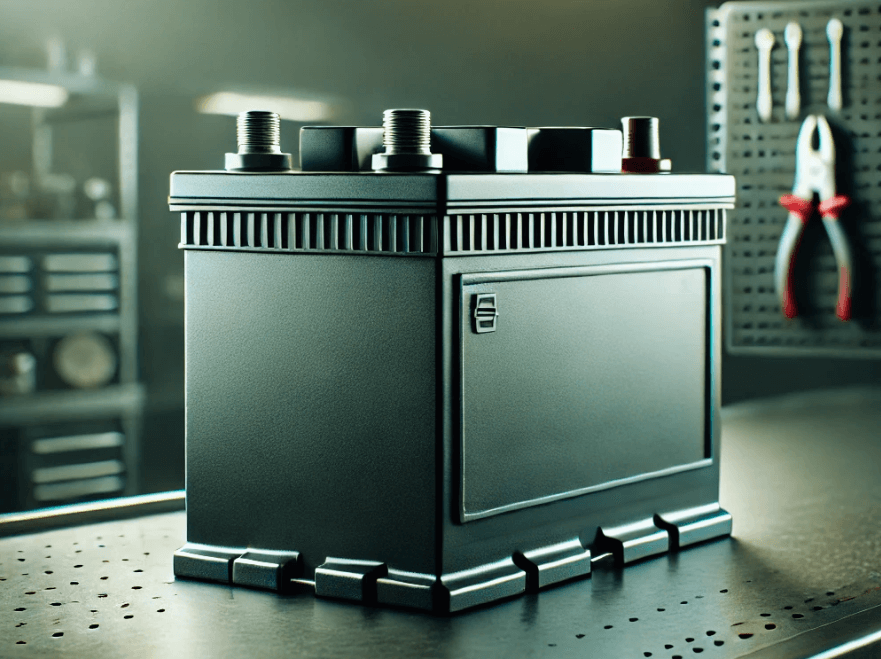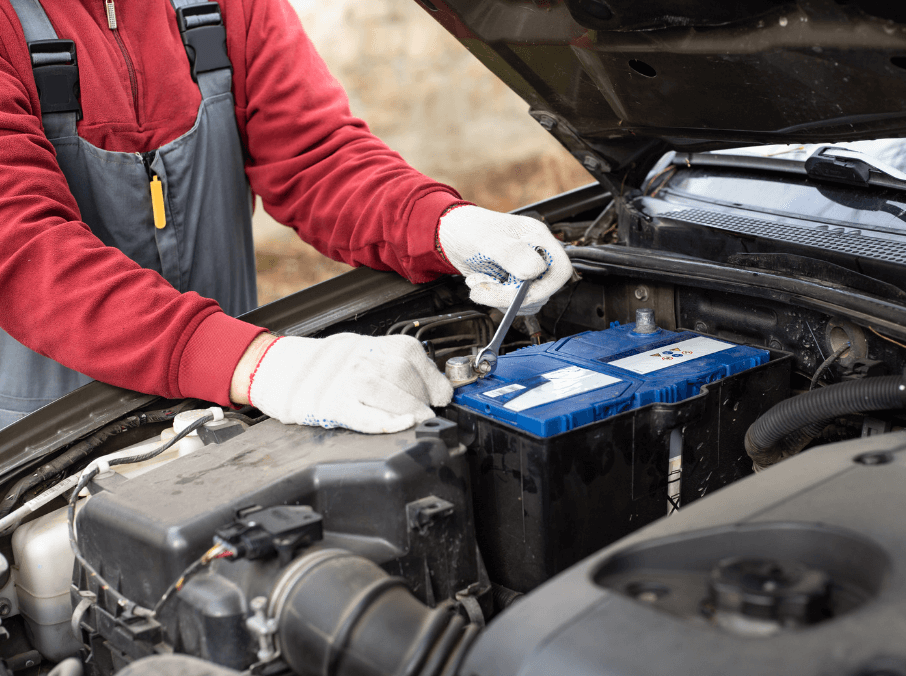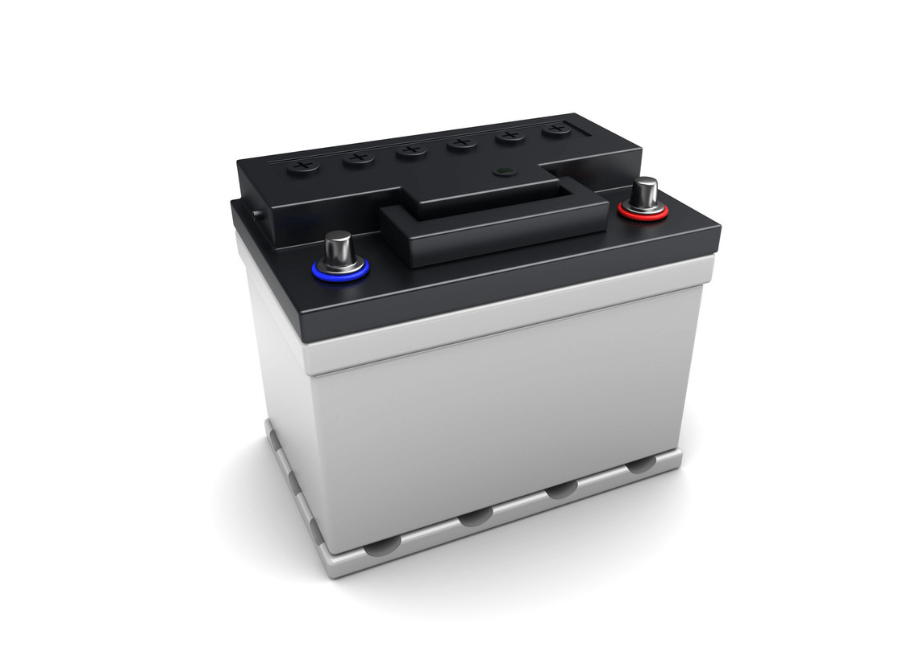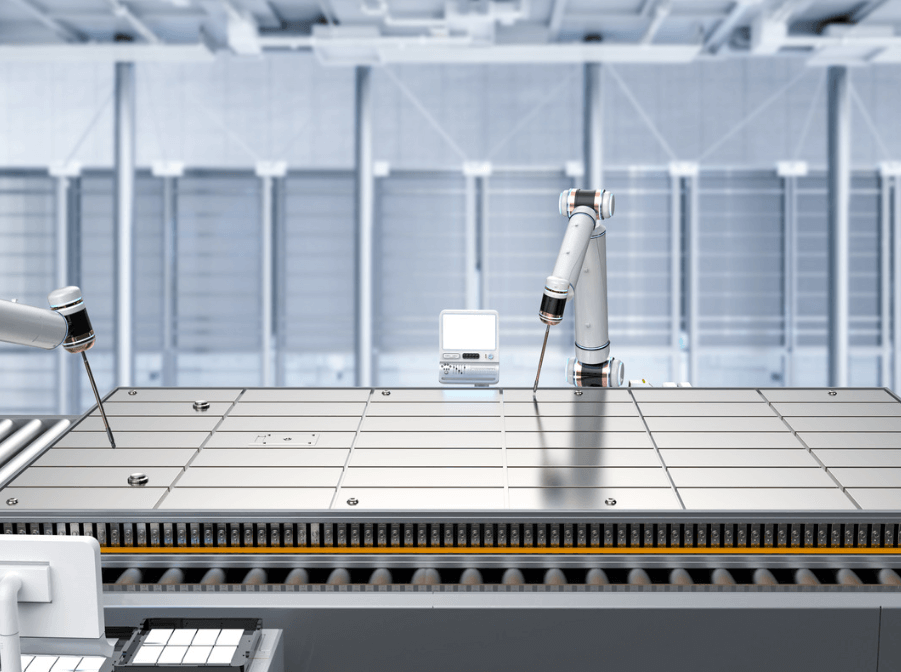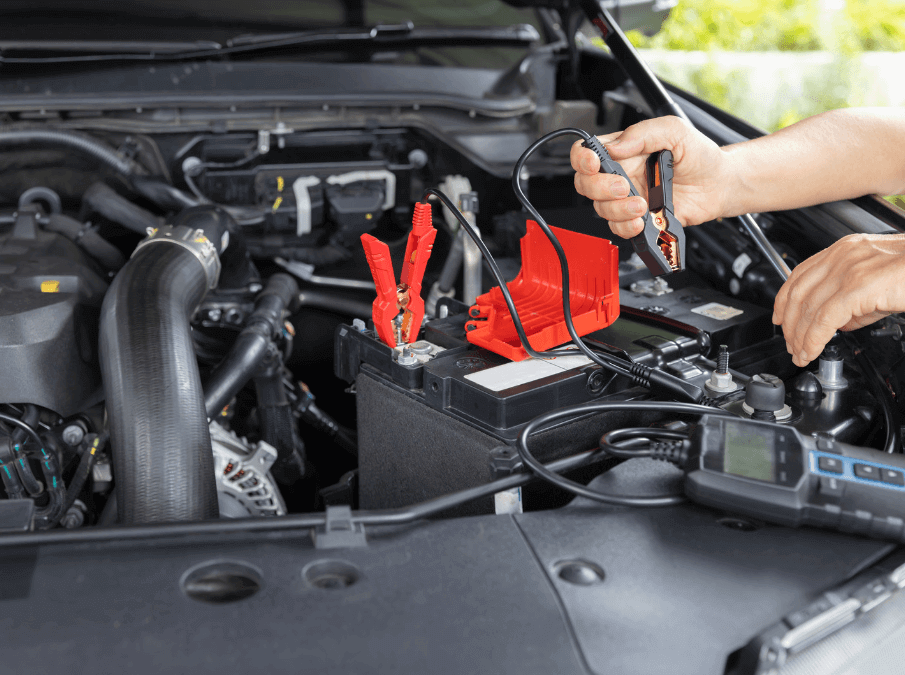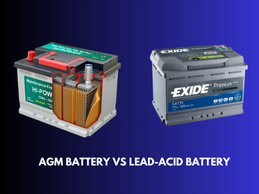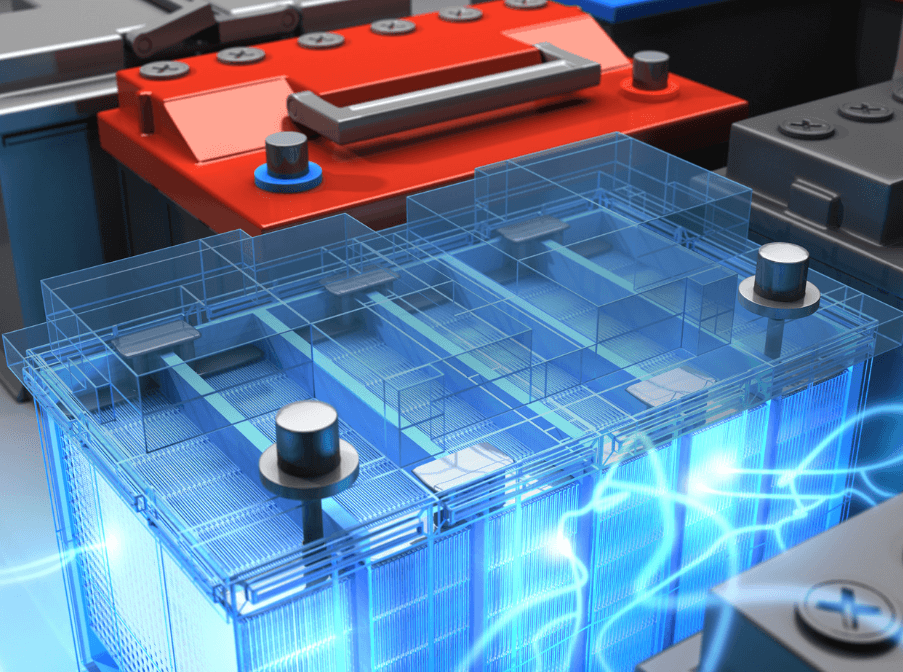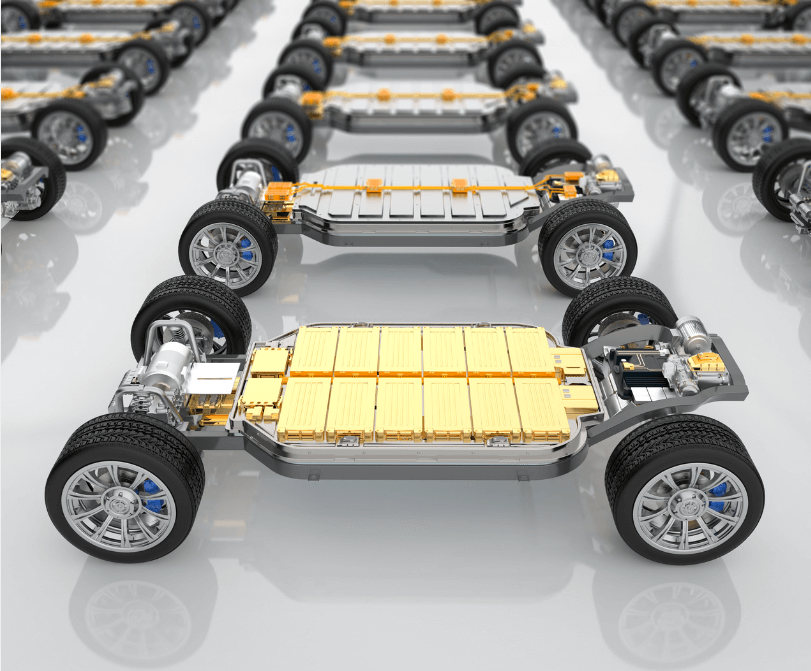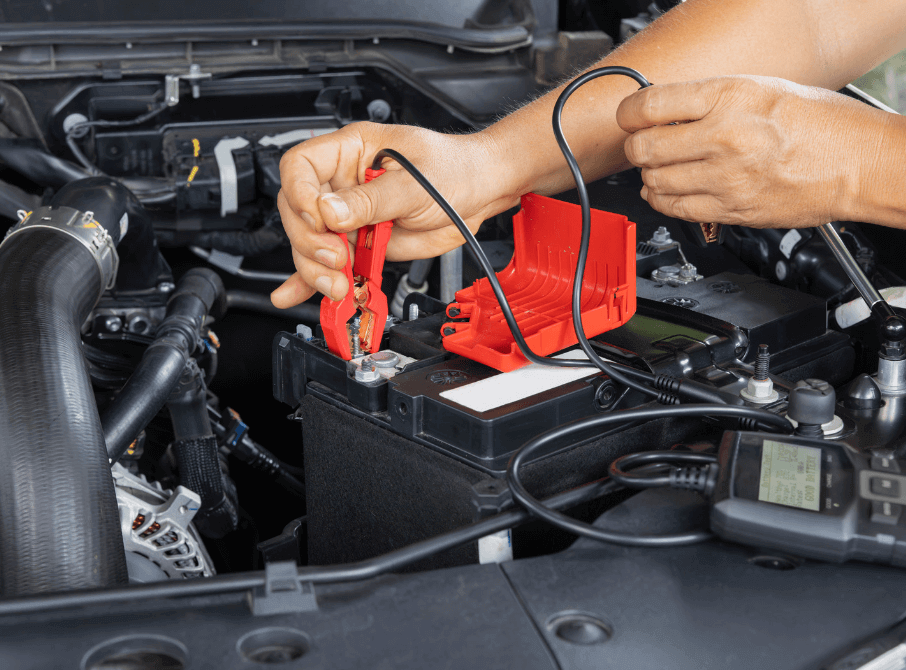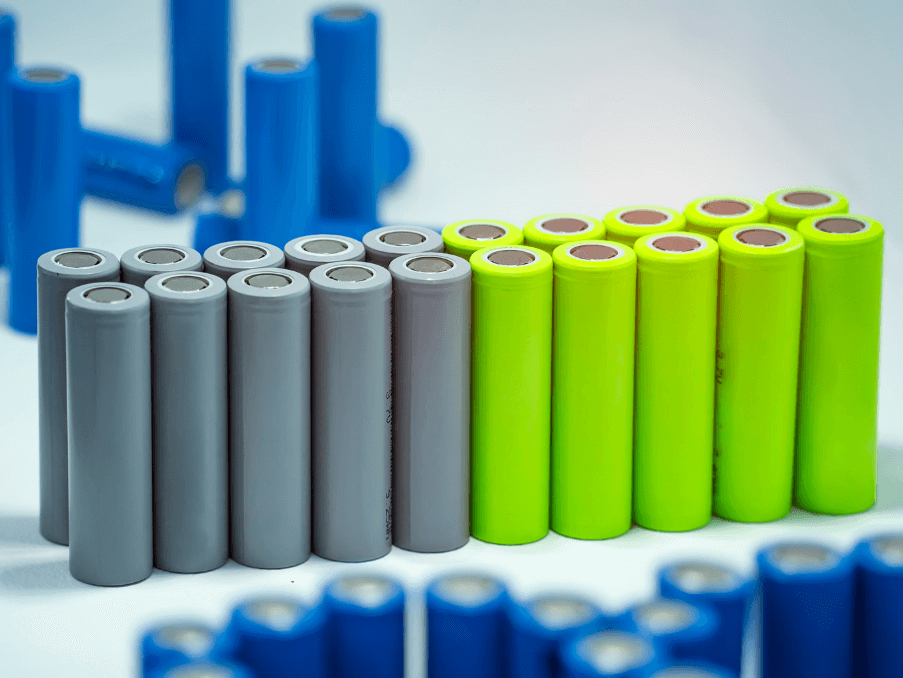
You know lithium-ion (Li-ion) batteries power everything from smartphones and laptops to electric vehicles (EVs) and renewable energy storage systems. Their power density, efficiency and reliability make them indispensable.
However, as these batteries become more ubiquitous, their disposal poses significant environmental, safety, and regulatory challenges.
Improper disposal of lithium-ion batteries can lead to pollution, waste of resources and even dangerous fire hazards. Today we will tell you how to dispose of lithium-ion batteries responsibly and highlight the regulatory framework and environmental impacts.
Fast you Need to know Why disposal of lithium-ion batteries is challenging
Lithium-ion batteries are made from a complex mixture of metals such as lithium, cobalt, nickel and manganese, as well as organic chemicals that act as electrolytes. These materials are not only valuable but also potentially dangerous if used incorrectly.
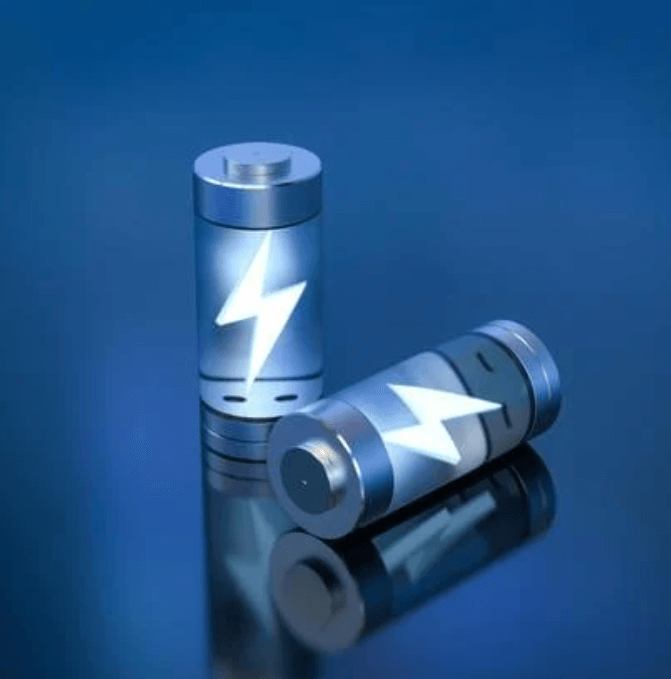
A Few Key Factors are the challenges associated with lithium-ion Battery disposal
Hazardous chemicals:
Lithium-ion battery electrolytes are highly flammable, and pose an explosion or fire hazard if they are punctured or exposed to high temperatures. Additionally, batteries can emit harmful fumes when burned.
Resource waste:
Lithium-ion batteries contain precious metals such as lithium and cobalt, which are limited and difficult to mine. Improper disposal leads to the loss of these vital components, hindering efforts towards a more circular economy.
Environmental concerns:
When lithium-ion batteries are dumped in landfills, they can release toxic chemicals into soil and water, causing long-term environmental damage.
Recycling Complexity:
Lithium-ion batteries are not easy to recycle due to their complex chemical makeup. Recycling requires special facilities, and improper handling can result in hazardous situations.
Some of the risks of improper disposal are:
Fire and Explosion Hazards:
One of the most important concerns is the fire hazard. When lithium-ion batteries are punctured, short-circuited or exposed to heat, they can catch fire or explode. This risk is particularly high in waste management facilities where batteries may be inadvertently compacted or crushed.
Environmental pollution:
When lithium-ion batteries end up in landfills, their toxic components can leak into the surrounding environment. Metals such as lithium, cobalt and nickel can contaminate water supplies and soil, causing long-term environmental damage. These metals are also harmful to marine life and ecosystems if they enter water bodies.
Resource depletion:
Lithium, cobalt and nickel are used not only in batteries but also in various industries. If these materials are not recovered through recycling, the world risks depleting limited reserves of essential resources, making future battery production more challenging and expensive.
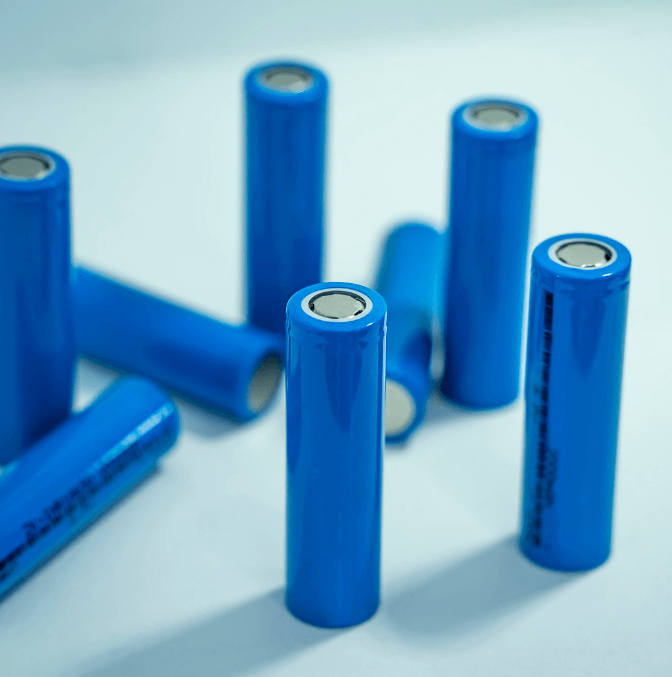
Several regulatory frameworks for disposal of lithium-ion batteries
As the use of lithium-ion batteries increases worldwide, governments and regulatory agencies have recognized the need for stricter rules for their disposal and recycling. Various countries and regions have implemented laws and guidelines to manage the end-of-life phase of lithium-ion batteries.
such as ,United States of America
In the United States, the Environmental Protection Agency (EPA) classifies lithium-ion batteries as hazardous waste when disposed of in bulk due to their fire potential. The Resource Conservation and Recovery Act (RCRA) regulates the proper disposal of hazardous waste, including batteries. Additionally, under the Battery Act of 1996, retailers are required to accept recycled battery returns.
European Union
The EU has taken important steps with the Battery Directive (2006/66/EC), which sets recycling targets and member states create battery collection schemes.
The directive also prohibits the disposal of untreated batteries in landfills and encourages the development of battery recycling technologies The updated EU Green Deal also emphasizes the importance of sustainable resource management, making battery recycling a key component of circular economy strategies.
Asia
Countries such as Japan, South Korea and China have strict laws on battery disposal and recycling, due to their position as major battery manufacturers. China, in particular, has introduced enhanced producer responsibility (EPR) laws, requiring manufacturers to take responsibility for the disposal and recycling of their products, including lithium-ion batteries.
Global effort
International organizations, such as the Basel Convention on the Control of Transboundary Movements of Hazardous Wastes, play a role in the global regulation of lithium-ion battery waste. The Convention ensures that hazardous waste, including batteries, shall not be transferred from developed to developing countries without appropriate safeguards.
Easy process of lithium-ion battery recycling
Lithium-ion battery recycling is a complex and energy-intensive process, but important for reducing environmental impact and recovering valuable materials. The typical recycling process involves several steps
Collection
The first step is to collect used batteries from consumers and industry. Many countries have established battery collection programs through retail outlets, recycling centers or curbside recycling programs.
Discharging
Before being recycled, batteries must be completely discharged to avoid the risk of short circuit, which could cause a fire. Special equipment is used to safely drain the battery.
Breaking and sorting
After discharging, the batteries are dismantled to separate the components. This process can be automated or manual depending on the facility. Various materials are then sorted including metals, plastics, and chemicals.
Crush and shred
The next step involves crushing or shredding the batteries into small pieces. It helps separate materials such as metal coatings, electrodes and electrolytes.
Material recovery
Material recovery is the most important part of the recycling process. These may involve pyrometallurgical or hydrometallurgical methods. In pyrometallurgy, materials are melted at high temperatures to separate metals from other elements. Hydrometallurgy uses chemical solutions to dissolve and extract precious metals such as lithium and cobalt.
Purification
After materials are recovered, they are purified to ensure they can be reused in new batteries or other industrial processes. This includes removing impurities and refining the recovered metals to meet industry standards.
Waste reuse or disposal
Not all lithium-ion battery components can be recycled. Some materials, such as plastic casings, can be incinerated or sent to landfills, while others can be recycled into new batteries or other products.
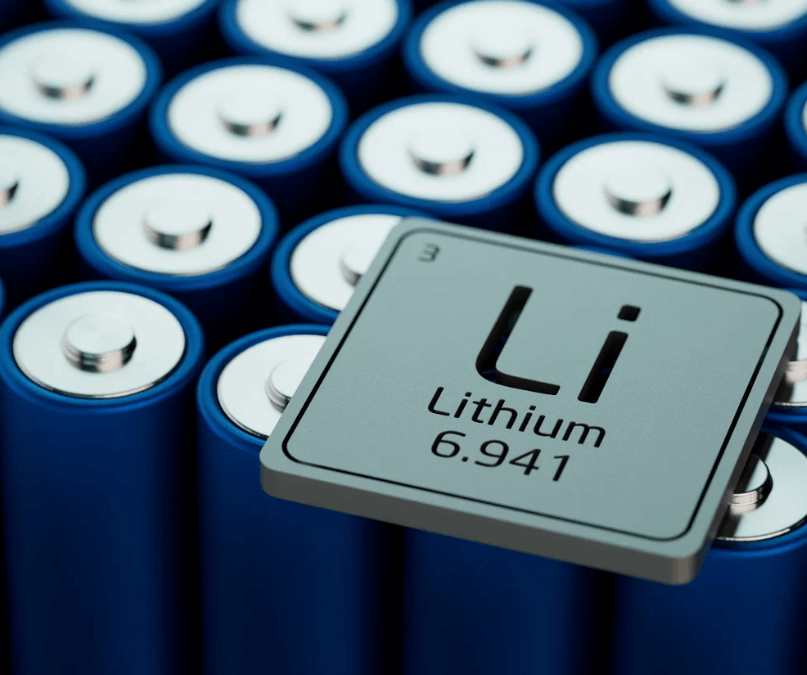
How to dispose of lithium-ion batteries responsibly?
Consumers play an important role in ensuring that lithium-ion batteries are disposed of responsibly. We will tell you now and follow the tips below
Avoid throwing batteries in regular trash
Lithium-ion batteries should never be disposed of in regular household waste. Instead, take them to designated recycling centers or retail locations that offer battery collection programs. Many electronics stores and hardware retailers have drop-off locations for used batteries.
Store batteries safely before disposal
If you need to store lithium-ion batteries before recycling, store them in a cool, dry place away from flammable materials. If batteries are damaged or leaking, place them in a plastic container or bag to contain any possible spills.
Check local regulations
Different regions have different rules for battery disposal. Be sure to check local regulations and recycling programs to make sure you’re following the correct procedures for your area.
Look for battery recycling programs
Many organizations and companies offer battery recycling services. For example, Call2Recycle in North America offers free recycling for rechargeable batteries. Some electronics manufacturers also offer mail-in recycling programs for their products.
Participate in e-waste collection events
Many communities hold periodic e-waste collection events, where you can drop off old electronics and batteries for recycling. These events are often free and provide a convenient way to dispose of hazardous materials responsibly.
What could be the future of lithium-ion battery disposal?
Innovations and solutions : As demand for lithium-ion batteries continues to grow, innovative solutions are needed to manage their end-of-life. Researchers and organizations are working on several fronts to improve the sustainability of battery disposal and recycling.
Second Life Application : One promising area of innovation is lithium-ion batteries offering a second life. Batteries that are no longer suitable for use in electric vehicles may still have enough capacity to be used in less demanding applications, such as energy storage for homes or businesses, for example.
Improved recycling technology : New recycling technologies are being developed to improve the efficiency and yield of valuable materials from spent batteries. For example, direct recycling aims to recover components from batteries without breaking them down into raw materials. This method preserves the integrity of the battery’s active components, making it easier to reuse them in new batteries.
Alternative chemistry : The search for alternative battery chemistries that are easier to recycle is another area of active research. Solid-state batteries, which use a solid electrolyte instead of a liquid, can potentially reduce the environmental and safety risks associated with lithium-ion batteries. Similarly, batteries based on abundant and less toxic materials such as sodium-ion batteries are being explored as more sustainable alternatives.
Improved design for recycling : Battery manufacturers are also working to design batteries that are easier to recycle. This includes using materials that can be more easily disassembled and recovered, as well as developing battery designs that simplify the dismantling process.
In summary
the disposal of lithium-ion batteries involves a multifaceted approach that includes regulatory compliance, recycling, consumer awareness, and innovative technologies. As we move towards a more circular economy, proper battery disposal and recycling will play a key role in mitigating the environmental impacts of the devices and systems that power our modern world.


